Michelin and The Girls
The French mother of the English cider industry
Flush with the success of great apple and pear displays in Hereford and London in 1883 and the compilation of the splendid Herefordshire Pomona, three gentlemen were despatched to Rouen in Normandy, France, to represent Hereford’s Woolhope Club at the Congress of the Pomological Societies of France. On 8th October 1884, Messrs Hogg, Bull, and Piper reported back to the Woolhope Club on the tasks that they had been set.
Firstly, to showcase the best fruit growing in Herefordshire. They proudly reported that “it was quite clear that for general beauty, for form, size, and colour, there was no other collection amongst the 6,000 plates that equalled the Herefordshire fruit”. The fruit won various medals.
Secondly, to find out whether apples described as ‘Norman’ in Herefordshire were in fact French varieties. They found no similarity concluding that ‘Norman’ had simply been mis-used terminology to describe a wilding apple in Herefordshire, perhaps to make the apples sound more fashionable.
Most importantly however, they selected eight of the best cider apple varieties from Norman orchards to bring back to plant in Herefordshire. Selected for juice quality, hardy and vigorous growth, and late maturing fruit, the apples were painted by Elizabeth Bull and form a separate plate in the Herefordshire Pomona.
One of the eight, Michelin, went on to become the preeminent cider apple of the twentieth century.
Michelin was at the time a recent planting raised from seedling by nurseryman Pierre Michel Legrand (1821-1896) in Yvetot in Normandy. It first bore fruit in 1872, a medium bittersweet cider apple with small conical shape coloured green to yellow and blush on ripening and russeting and specks on the skin. Its’ worth was already acknowledged in France.
It is named after Parisian pomologist Henri Michelin (c1810-1898) who was chairman of the Arboriculture Committee of the Société nationale d’Horticulture de France, and curator in charge of its collections.
“This is an apple of the highest merit and is well worthy of extensive cultivation.”
French cider expert Louis-Achille Hauchecorne from Yvetot, quoted in the Herefordshire Pomona
Found to be highly productive and annual, it was in fact in Herefordshire rather than France where Michelin was later widely planted, becoming the most popular cider apple tree in bush orchards in the UK.
As the twentieth century progressed, and the scale of cider milling increased, a problem emerged. With most cider apples maturing simultaneously from mid-October, the cider mills were struggling to process all the fruit at peak season. Michelin apples were being collected too early since the apples are easily shaken off the trees before fully ripe and this meant that less starch had converted into sugars which in turn meant less alcohol when fermented. Small apples were also proving difficult to press in the cider factories.
To address this, a breeding programme was funded by the major cider companies. Led by Ray Williams at Long Ashton Research Station in Bristol, Michelin and the other main cider apple Dabinett were crossed with early ripening dessert apples James Grieve and Worcester Pearmain.
The objective was to create new varieties whose trees have good shape suitable for intensive planting, regular annual cropping, and disease resistance, with early maturing (late September), good sized apples.
Liz Copas recalls “In the spring of 1984 Ray Williams instructed myself and my colleague Vicky Child to do the artificial hand cross pollinations with the pollen collected from James Grieve and Worcester Pearmain onto blossoms of Michelin and Dabinett in the cider orchard on Plot 8 at Long Ashton. That done, we waited to harvest the marked fruit in the autumn, extracted the seeds and washed them prior to sowing in seed trays to be stored in the cool store for winter vernalisation. This yielded hundreds of seedlings that were potted up and grown on in 1985. They were all screened for susceptibility to scab by standing the pots under a severely infected ornamental Malus tree and tested for susceptibility to mildew by spraying the leaves with a spore suspension of the fungus. Those that were significantly affected were rogued out, leaving about 1500 likely suitable seedlings; 650 Michelin x James Grieve, 150 Michelin x Worcester, 500 Dabinett x James Grieve and 200 Dabinett x Worcester.”
“For ten years from 1992 the whole collection was observed to spot individual seedlings with some potential…”
Liz Copas
Following the growers’ trials, 29 best-performing cider apples were selected and named in 2007. Collectively called ‘The Girls’, most were given the names of women associated with the cider apple industry.
Amongst the best of The Girls, Lizzy, named after Liz Copas, exhibits what Liz considers a rather special blend of tannins, and is a reliable cropper.
Gilly is after Gill Turner, the Supplier Manager for apple growers for Bulmers (now part of Heineken), and has been a popular, moderately vigorous, planting in Herefordshire.
Helens Apple has been widely planted by Westons and is named after Helen Thomas, the cider firm’s managing director (who sits on the Apples & People programme board). Found to be resistant to scab, Helens Apple has been a popular choice for organic growing.
Three Counties, originally named after the West Country cider counties of Somerset, Devon, and Dorset, has proved the best, most reliable, cropper. This is one of the few of The Girls – along with Prince William, and Willy (after Ray Williams) – not to be named after a woman associated with the cider industry.
Behind the story of Michelin and The Girls is a reminder of the close relationship between apples and people and the care and recording that is required to ensure the authenticity of a grafted tree. The development of genetic testing is enabling scientists today to help unpick apple history.
Firstly, analysis of the apple genome shows that at least some of the Michelin apples grown in the UK are not the same as the French Michelin apple, but rather a similar looking older French variety Bisquet, which may be a parent of Michelin. How and when varieties were confused is lost in the mists of time. Research continues through the collaboration of genetic scientists and apple experts across the world.
Secondly, records of the parents of each of the Girls were lost following the closure of Long Ashton. Recent research at Bristol University has also used genotype testing to establish the parentage of each of The Girls. This indicates that the James Grieve is the father of most of The Girls. Lizzy appears to be Michelin x James Grieve and Three Counties is Dabinett x James Grieve. Both bear physical resemblance to their cider apple mothers. This information is important for future apple breeding.
Whatever science reveals, the French apple called Michelin in the UK has been the backbone of UK cider, one third of all the cider in the world. Michelin’s history, and its legacy through The Girls, is a manifestation of shared devotion of cider apple experts in France and in England.
Sources:
- Copas (2007) 21st century cider apples
- Harper et al (2019) The Long Ashton Legacy: Characterising United Kingdom West Country cider apples using a genotyping by targeted sequencing approach
- Howard et al (2022) Pedigree reconstruction for triploid apple cultivars using single nucleotide polymorphism array data
- Hogg and Bull (1876-1885) The Herefordshire Pomona
- Woolhope Naturalists’ Field Club Transactions 1873 – 1884
Thanks to:
- Liz Copas, former Cider Pomologist at Long Ashton Research Station, who is a member of the International Advisory Panel for Apples & People
- Sylvain Drocourt, le Croqueurs de Pommes
- Dr Nicholas Howard, apple breeder. Fresh Forward Breeding and Marketing, Huissen, The Netherlands
- Pascal Levaillant, artist, Rouen, France
- Dr Hélène Muranty, INRAE, Université d’Angers, France
- Mégane Pulby, Responsable bibliothèque, patrimoine et mécénat, Société nationale d’Horticulture de France, Paris, France
- Christine Renelle, Directrice de l’administration Générale, Ville d’Yvetot, France
- John Teiser, cider producer and cider apple historian, Herefordshire
- John Worle, nurseryman, retired Area Farms Manager and Nursery Manager at Bulmers Cider



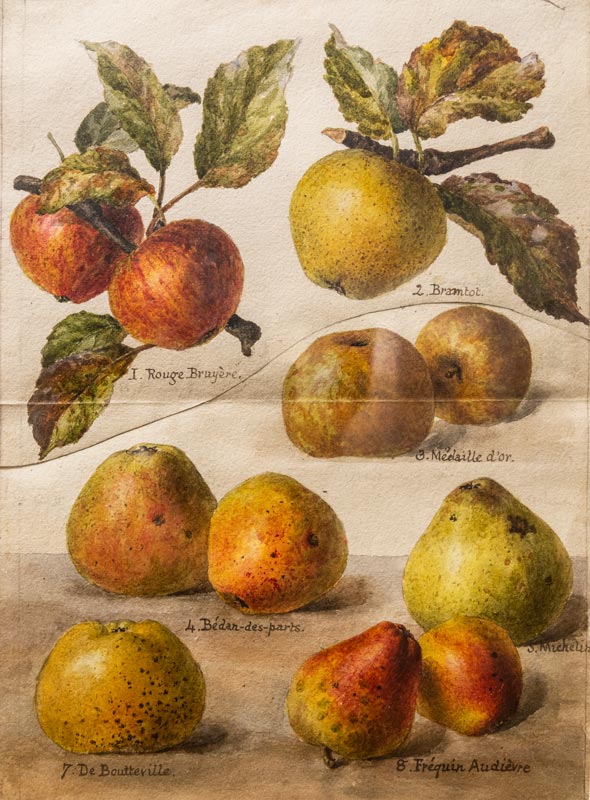
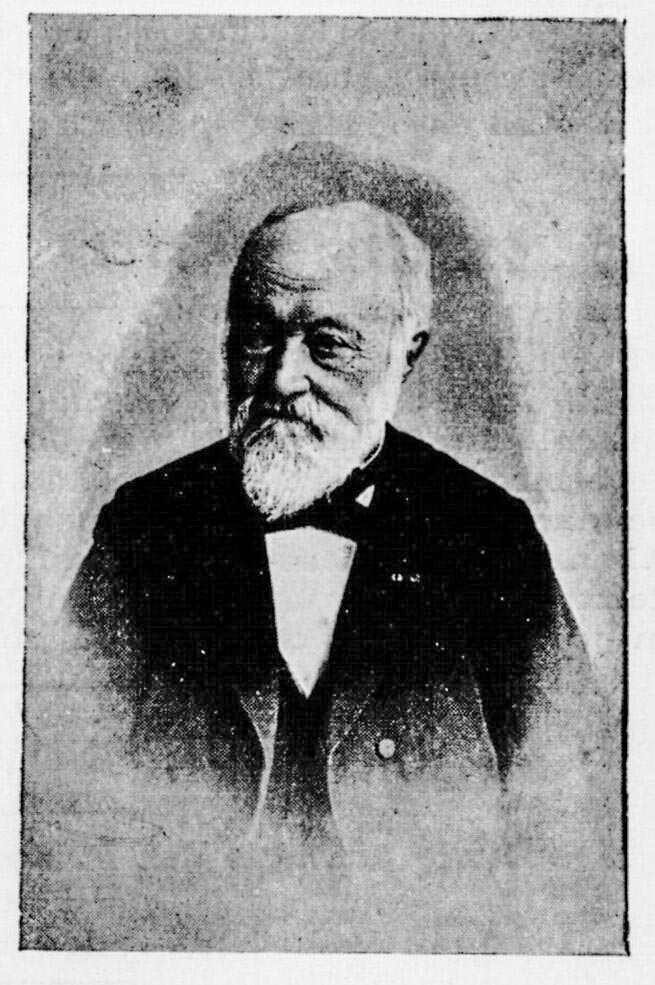
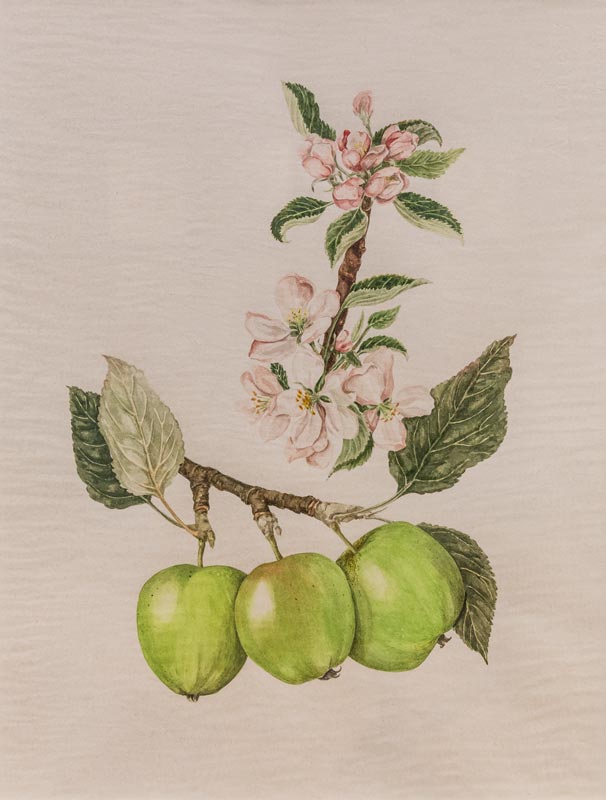
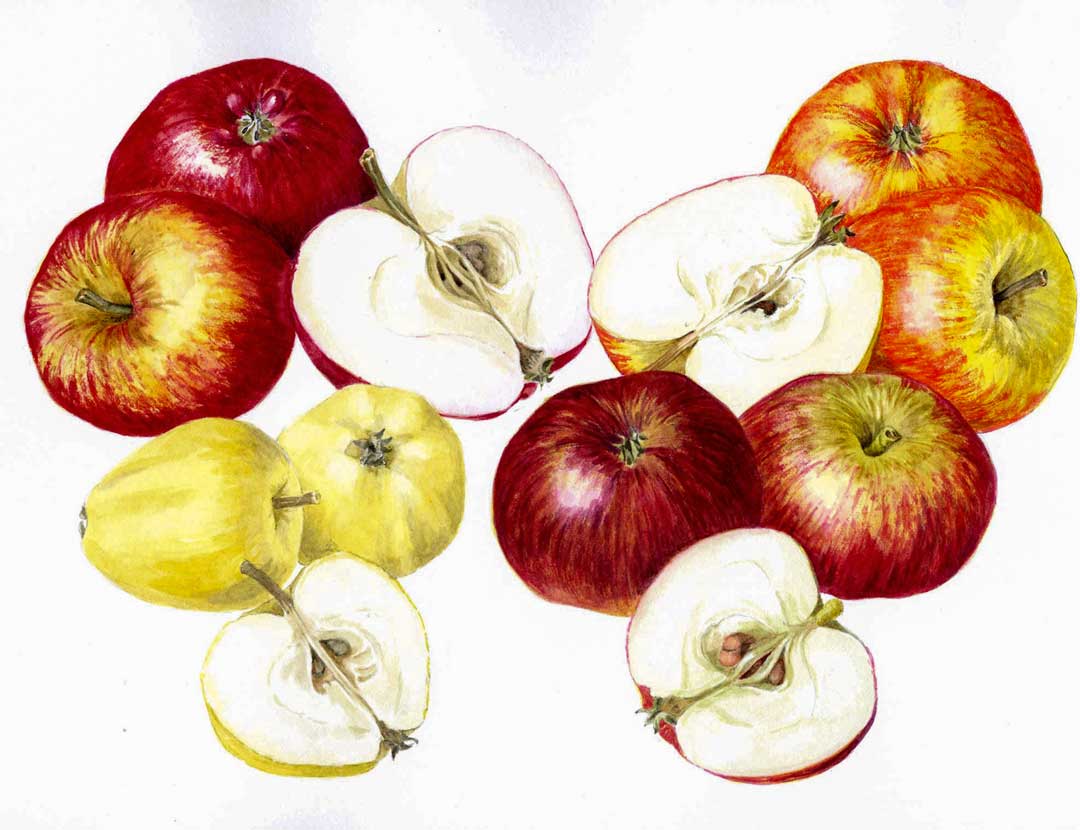


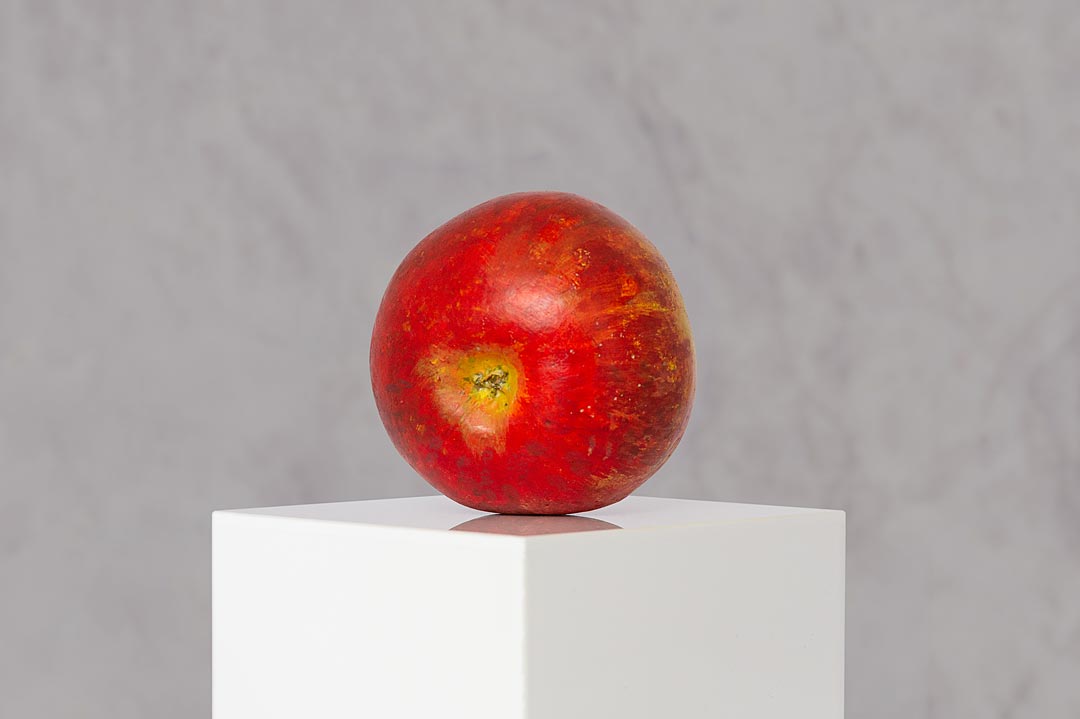
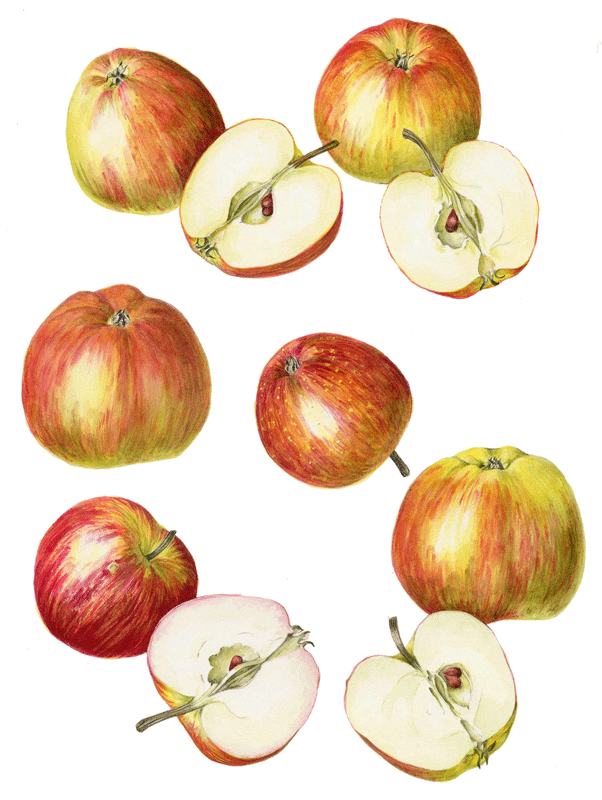
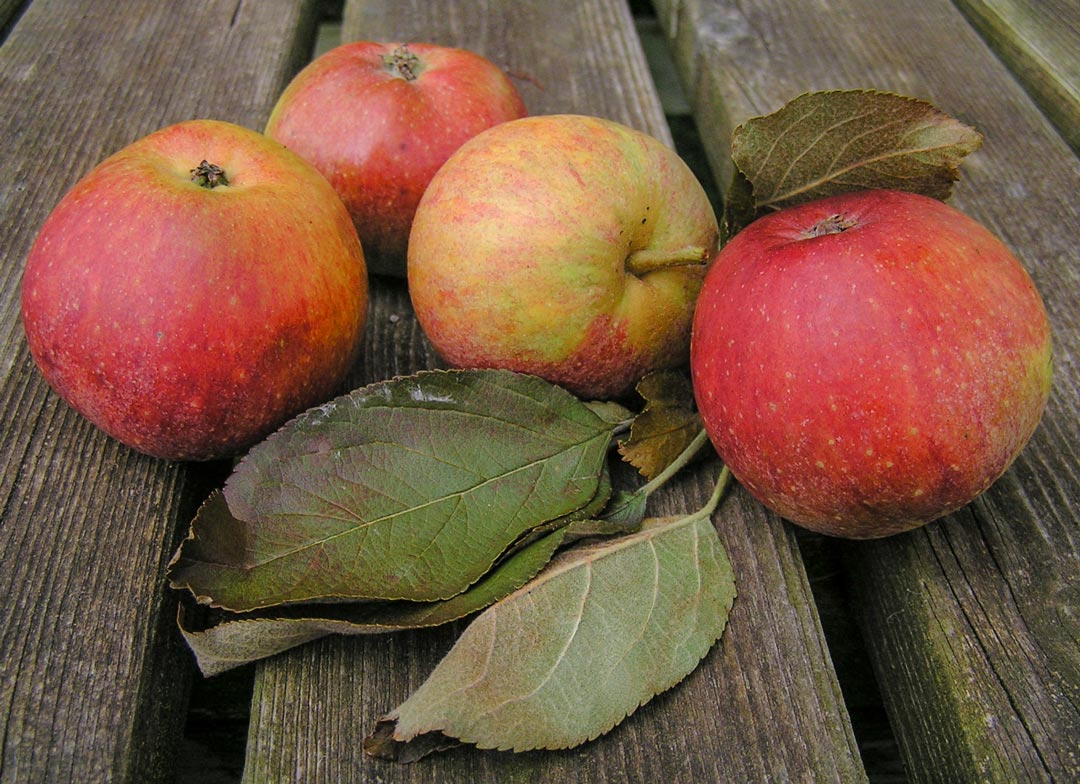



 Bringing The Apple Home
Bringing The Apple Home Ornament from Puabi’s diadem of gold and lapis lazuli. With kind permission of Penn Museum, Philadelphia, USA ©
Ornament from Puabi’s diadem of gold and lapis lazuli. With kind permission of Penn Museum, Philadelphia, USA ©